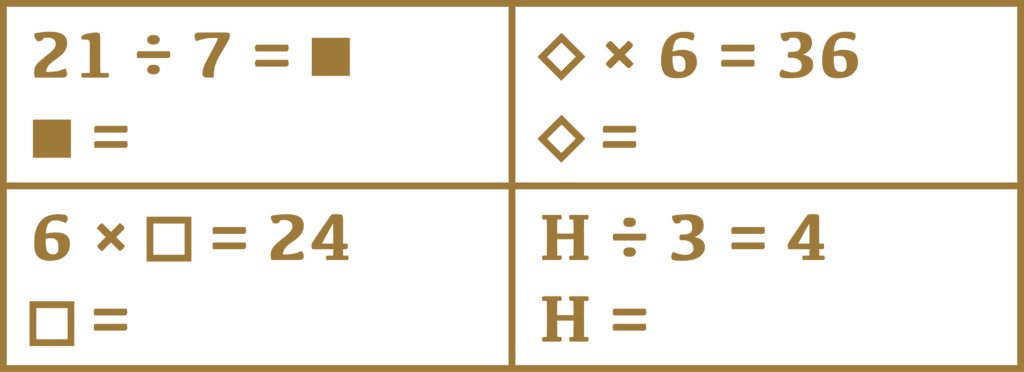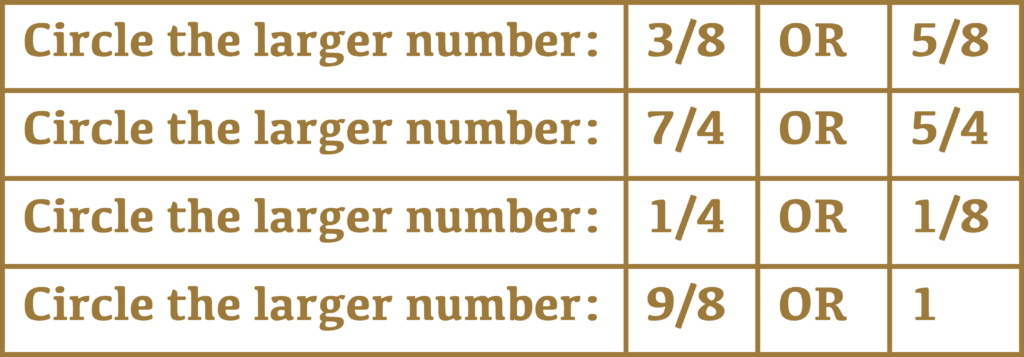Mathematics
for 3rd Grade Students
See what skills your child will learn in Mathematics, examples of student work and how you can help at home.
Tip: Hover over icons to see definitions of key terms.
This is an example tooltip!

Expectations for Students
By the end of the year, 3rd graders should know:
Learning 3rd Grade Mathematics
Add & subtract multi-digit numbers with ease. For example, 23,647 – 5,265
23,647 – 5,265
Quickly remember the product of any two single-digit numbers. For example, remember that 7 × 9 = 63
Multiply a two- or three-digit number by a one-digit number. For example, multiply 9 × 80
Understand the meaning of division. Relate division to multiplication. For example, “I know that 63 ÷ 9 = 7 because I remember that 7 × 9 = 63”
Create & solve two-step word problems using addition, subtraction, multiplication, & division
Understand a fraction as a part of a whole (with a numerator & denominator ) and represent fractions on a number line
Compare fractions with equal denominators. For example, know that 2/8 is less than 6/8
Measure length to the nearest half unit. Find the perimeter of a shape by adding the lengths of the sides
Tell time & solve problems involving elapsed time. For example, “Your trip began at 9:50 a.m. & ended at 3:10 p.m. How long were you traveling?”
3rd Grade Math Examples
Sidebar Tooltip
There are 5 bowls with 4 grapes in each bowl. Write an equation that represents the arrangement of grapes. How many grapes are there altogether?
20
What is the unknown number that makes each equation true in the box below?


Sheldon is baking 2-inch cookies. He has 3 trays that are the same size. On one tray, he makes 5 rows with 4 cookies in each row. He cannot fit any more cookies on the tray. He fills the second tray completely & only part of the 3rd tray.
How many cookies could Sheldon have made? Explain your answer using numbers, words, &/or pictures
Answers may vary. Sheldon could have made any number of cookies between 41-59
For each pair of numbers in the table below, circle the number that has the larger value.

5/8, 7/4, 1/4, 9/8
Example Tooltip
Everyday Activities to Support Learning
Tips for Talking to Teachers
A strong relationship between families and teachers is key to ensuring students have what they need to succeed. Parent involvement not only leads to higher grades and test scores, but also helps students develop self-confidence, motivation, and social skills. Knowing what questions to ask at school visits and parent-teacher conferences can help you feel confident when it comes to addressing your child’s’ academic needs.

